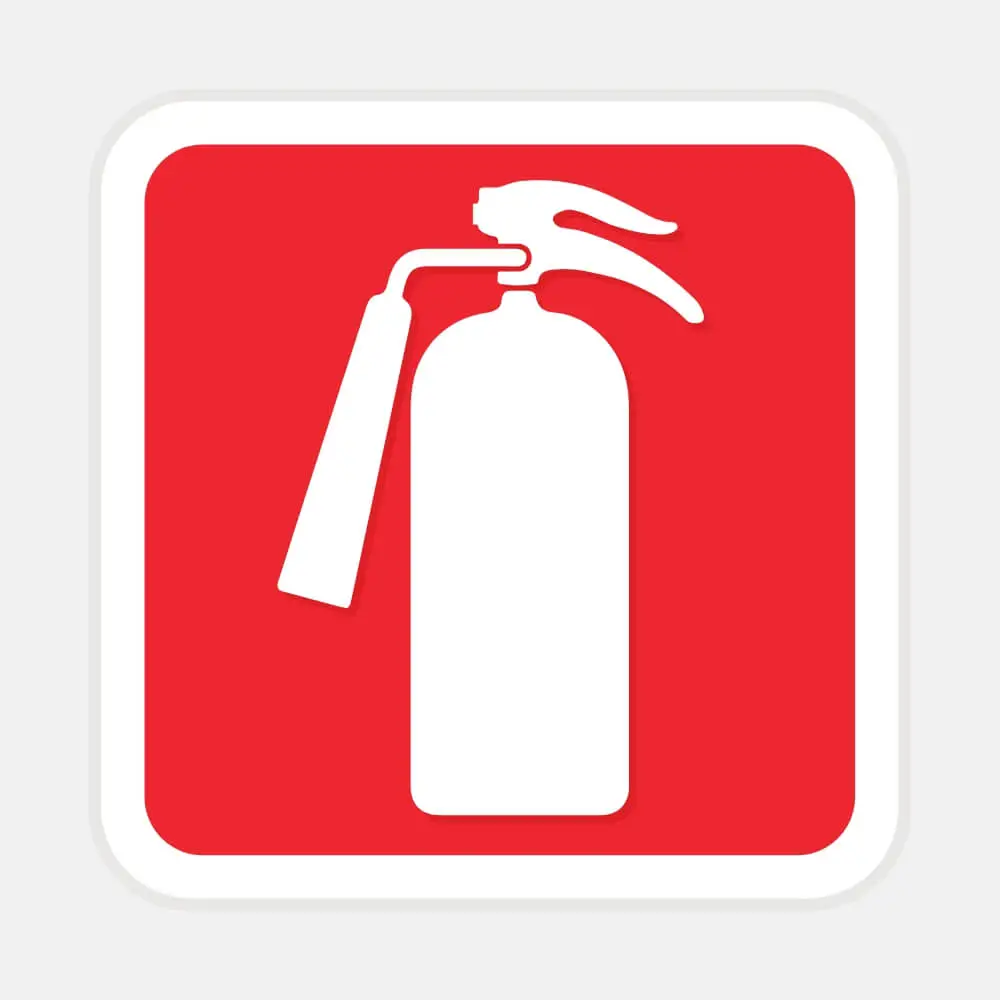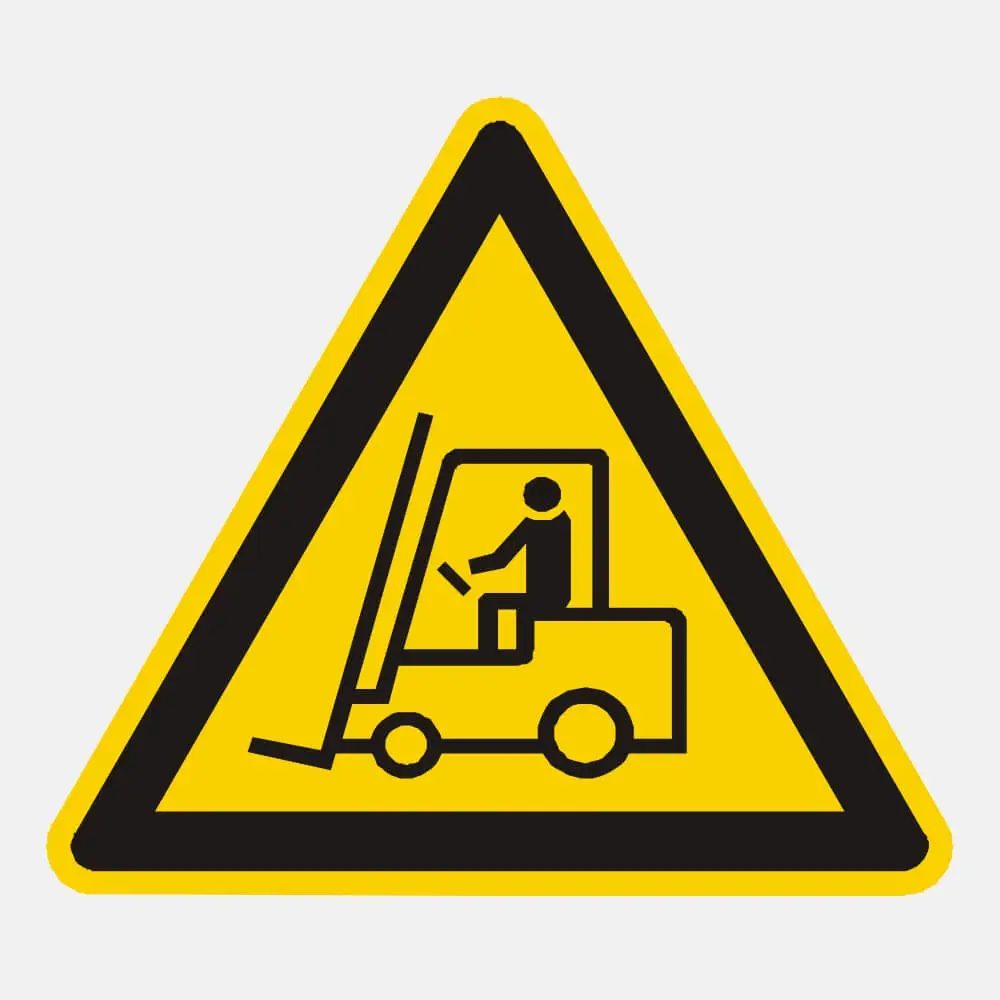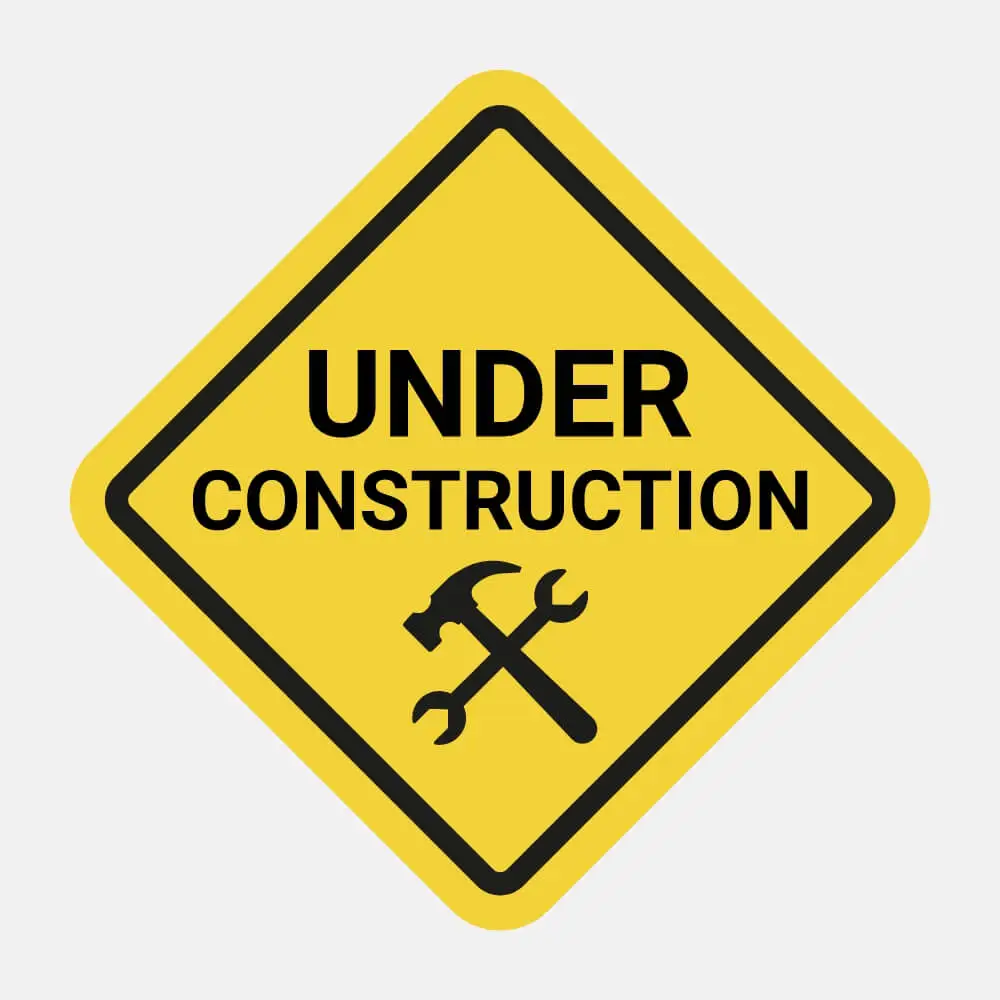Safety signs are the silent sentinels of our modern world, standing guard and communicating vital messages that often go unnoticed in our daily hustle. These omnipresent symbols and signs in workplaces, public areas, and even on roads serve as a universal language of caution, instruction, and information. Yet, despite their importance, how many of us truly understand what each sign symbolizes?
This enlightening guide will demystify 25 of the most pivotal safety signs and delve into their meanings and significance. Whether you’re in the safety industry, a concerned citizen, or someone simply intrigued by the symbols that guide our actions, this blog will equip you with a richer understanding of the visual language that continually works to keep us safe.
What are Safety Signs?
Safety signs are standardized symbols or messages intended to warn or inform individuals about hazards or requirements in a particular location or situation. They play a critical role in ensuring safety by guiding behaviours, conveying rules, and providing essential information to prevent accidents and injuries.
Using universally recognizable symbols and clear text, safety signs offer immediate insight into potential dangers and the necessary precautions. Their usage spans various settings, including workplaces, public spaces, and transportation systems. These signs’ design, colour, and shape are often regulated by national or international standards to ensure consistent understanding and recognition.
Why Use Safety Symbols?
Safety symbols play a crucial role in hazard communication, and here’s why their use is essential:
- Immediate Recognition: Visual symbols transcend language barriers. No matter what language someone speaks or reads, a universally recognized symbol will convey the same message, ensuring instantaneous understanding.
- Clarity in Communication: A well-designed symbol can convey a message succinctly without the need for verbose explanations. This ensures that the intended safety message is not lost or misinterpreted.
- Efficiency: Especially in emergencies, time is of the essence. Safety symbols allow for quick action by providing immediate awareness of hazards or indicating escape routes without the delay of reading and processing textual information.
- Consistency: Safety symbols, when standardized, provide a consistent message. Whether you’re in a factory, lab, or public space, the same symbol will indicate the same hazard or instruction, reducing confusion.
- Space-saving: Symbols can convey complex messages in a small space, making them ideal for environments where physical space might be limited, such as on machinery, equipment, or narrow corridors.
- Reinforcing Training: Even if workers or the public have been trained or informed verbally, safety symbols serve as constant reminders of the protocols and hazards, reinforcing the importance of safe practices.
- Legal and Regulatory Compliance: Many industries and regions have regulations mandating specific safety symbols to maintain a standardized safety protocol. Using these symbols can ensure businesses and organizations remain compliant with these regulations.
- Reducing Accidents: By making potential hazards and safety protocols clear, safety symbols play a direct role in reducing accidents, injuries, and property damage.
- Instilling a Safety Culture: The consistent use of safety symbols emphasizes the importance of safety in a particular environment, promoting a culture where safety is prioritized and valued.
In essence, safety symbols act as silent guardians, consistently communicating crucial safety information to all, ensuring that environments, be they work or public spaces, remain as safe as possible.
25 Important Safety Signs, Symbol, and Their Meanings
Safety signs and symbols are crucial in communicating hazards and precautions to people in various environments. Here are 25 important safety signs, symbol, and their meanings:
1. Prohibition Signs

Prohibition signs are universal symbols designed to denote actions or behaviors that are not allowed in a given area. The circular design is instantly recognizable, usually with a red border and a diagonal line slashing through it.
It ensures quick comprehension even if the viewer doesn’t take the time to read the accompanying text. For instance, a depiction of a smoking cigarette with a red slash would make it clear that smoking is not permitted.
2. Warning Signs

Warning signs serve as precautionary alerts, informing individuals of potential dangers or risks. Characterized by their yellow or amber triangular shape with a bold exclamation mark in the center, they may be accompanied by specific images or text indicating the hazard’s nature. For instance, a warning sign outside a construction zone might include an image of a falling brick to caution passersby of potential falling objects.
3. Mandatory Signs

These mandatory signs convey certain actions or behaviors that are compulsory in a designated area. Their blue and white combination stands out, ensuring they capture attention. For example, in a laboratory setting, a mandatory sign might show an icon of a lab coat, indicating that all personnel in the vicinity must adorn protective clothing before entering.
4. Emergency Signs

In situations where immediate action is required, emergency signs guide the way. Green in color with clear pictograms, they often depict an exit door or a human figure running towards an exit. They aim to direct individuals toward escape routes, safe zones, or equipment that could be critical in crisis situations.
5. Flammable Signs

Signifying the presence of materials that can easily ignite, flammable signs often incorporate the image of flames. They’re crucial in areas where combustible materials are stored or used, ensuring that individuals are aware of the risk and thus can take necessary precautions—like not using open flames or spark-producing tools nearby.
6. Explosive Signs

Explosive signs are stark warnings about materials that have the potential to detonate. Generally depicting an explosion or a bursting graphic, these signs are vital in places like mines, construction sites with blasting operations, or storage areas for explosive materials, ensuring heightened caution.
7. Fire Extinguisher Signs

Knowledge of the location of firefighting equipment is crucial during emergencies. Signs displaying the image of a fire extinguisher provide clear guidance on where these tools are located, enabling faster response times should a fire break out.
8. Biohazard Signs

Biohazard signs represent threats at a microscopic level and feature a distinct trefoil design on a contrasting yellow background. They denote the presence of biological agents—like bacteria, viruses, or other pathogens—hazardous to human health. Laboratories, medical facilities, or places storing bio-waste typically use these signs.
9. High Voltage Signs

High voltage signs are warnings that come in various designs, often with jagged lines symbolizing electricity, highlighting the dangers of electrical energy. They caution individuals about live electrical components, equipment, or wires that carry a strong electric charge, which can lead to electrocution if mishandled.
10. Radioactive Signs

Radiation, while invisible, can have harmful effects on human health. Radioactive signs, with their trefoil symbol, communicate the presence of radioactive materials or areas with high radiation levels. These signs are prevalent in nuclear facilities, certain medical rooms with radiological equipment, or research labs.
11. Toxic/Poison Signs

Represented by the universally feared skull and crossbones symbol, these signs are dire warnings. They indicate the presence of lethal or harmful substances if consumed, inhaled, or even, in some cases, touched. They are common in chemical storage areas, laboratories, and industrial sites.
12. Wear Eye Protection Signs

Our eyes are vulnerable to many hazards, from chemical splashes to flying debris. Signs with a pictogram of safety goggles remind us that protective eyewear is necessary. Workshops, labs, or construction sites, where there’s potential for eye injury, typically display these signs to ensure worker safety.
13. Wear a Hard Hat Signs

In areas with potential hazards from above, such as construction sites or industrial zones, there is often the danger of falling objects or moving equipment. The “Wear Hard Hat” sign is a clear directive to anyone nearby to protect their head by wearing a helmet. This simple precaution can prevent serious injuries from unexpected impacts.
14. Wear Ear Protection Signs

Prolonged exposure to loud noises can lead to hearing impairment. The sign showing an ear symbol is a direct reminder to use protective measures, such as earplugs or earmuffs, in areas with elevated noise levels. This could be in factories, construction sites, or even concert venues where machinery or sound systems produce loud decibels.
15. Emergency Exit Signs

Knowing where the exits are can be lifesaving in situations that require a swift evacuation, like fires or other emergencies. The green “Emergency Exit” sign, depicting a person moving towards a door, serves as a guide, showing the most direct escape route out of a facility. These signs are typically illuminated to be easily visible, even in power outages or low-light conditions.
16. First Aid Signs

Quick access to medical supplies can make a significant difference in treating injuries or health issues. The sign bearing a white cross, typically on a green background, points individuals toward first aid kits or rooms. These are places where they can find essential medical tools and supplies, from bandages to defibrillators.
17. No Smoking Signs

Not only is smoking a health concern, but in certain areas, it can also be a fire risk. The “No Smoking” sign, showcasing a cigarette with a red diagonal line through it, is a prohibition sign indicating that lighting up is not permitted. This is particularly crucial in areas where flammable materials are stored or where there’s a heightened risk of fire.
18. Forklift Operating Area Signs

Forklifts, while essential in many warehouses and industrial settings, can pose risks to unwary pedestrians. The sign denoting forklift operations warns individuals that they are entering zones where these heavy machines are active. Being aware can prevent accidents between forklifts and pedestrians.
19. Under Construction Signs

Construction zones are rife with potential hazards, from moving equipment to exposed wiring. The “Under Construction” sign serves as a heads-up for anyone nearby, suggesting extra caution and alertness to avoid accidents or injuries.
20. Emergency Assembly Point Signs

Knowing where to regroup is crucial when evacuating a facility during a crisis. The “Emergency Assembly Point” sign designates a safe gathering spot for everyone to meet post-evacuation, ensuring that everyone is accounted for and further instructions can be provided.
21. Oxidizer Signs

Certain chemicals can accelerate combustion, making fires more intense. The sign indicating the presence of oxidizers warns of substances that can provide oxygen to fuel fires. It’s a vital sign in chemical storage or handling areas, reminding workers to avoid any ignition sources.
22. Restricted Area Signs

Not all zones in a facility are safe or meant for general access. The “Restricted Area” sign demarcates zones off-limits to unauthorized personnel, often due to safety concerns, sensitive information, or specialized equipment.
23. Eye Wash Station Signs

In environments with a risk of chemical exposure, having immediate access to eye-rising equipment is essential. The “Eye Wash Station” sign directs individuals to stations where they can swiftly flush their eyes, minimizing the damage from harmful substances.
24. Wet Floor Signs

Slip and fall accidents are common and can lead to severe injuries. The Wet Floor sign, typically featuring a pictogram of a person slipping, warns of freshly cleaned or wet surfaces. It prompts individuals to tread carefully, avoiding potential accidents.
25. Personal Protective Equipment (PPE) Signs

Safety in many work environments requires more than just caution; it requires proper gear. The PPE signs is a broad reminder for workers to adorn necessary safety equipment, which can range from gloves and masks to aprons and safety shoes, depending on the nature of the job and the hazards present.
Conclusion
Understanding safety signs and symbols cannot be overstated in a world brimming with potential hazards. These 25 signs, each with its unique message, act as a compass guiding us through various scenarios, ensuring our well-being and safety. By recognizing and respecting these signs, we protect ourselves and create safer environments for everyone around us.
As we navigate life’s intricate tapestry, remember the silent guardians – the safety signs and symbols – that watch over us, offering guidance at every turn. While often simple, their messages carry the weight of our collective safety and remind us that there are always signs pointing us in the right direction in a world full of uncertainties.

